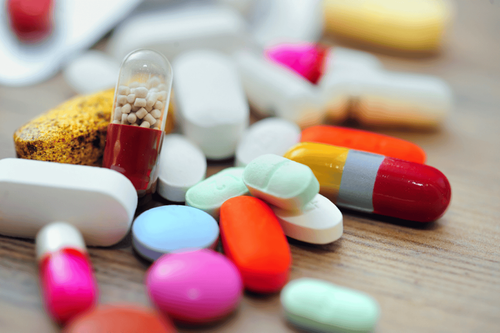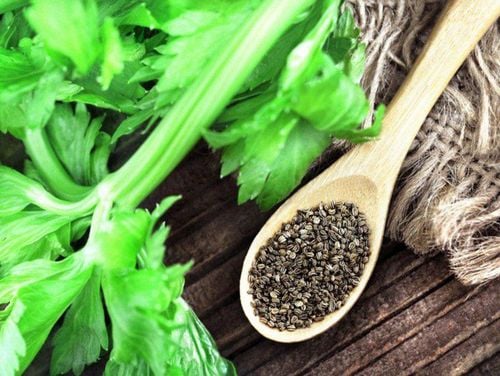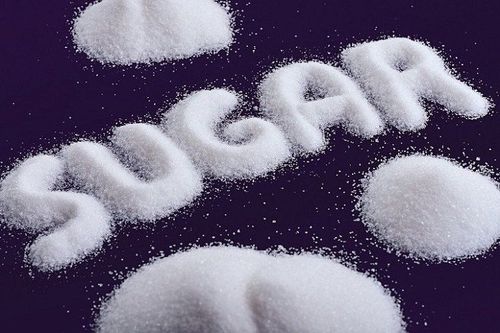This is an automatically translated article.
The article is professionally consulted by Master, Doctor Nguyen Thi Ngoc - General Internal Medicine - Endocrinology - Department of Examination & Internal Medicine - Vinmec Central Park International General Hospital. Doctor has more than 10 years of studying, researching and working in the field of endocrinology.The glycemic index of a food reflects how starchy foods affect blood sugar. The degree of increase in blood sugar will depend on the quantity of food, the content and type of carbohydrate (carbohydrate, glucid), protein composition... To learn more about the glycemic index of foods, please follow the article. write below.
1. What is the glycemic index (GI) in foods?
Foods and beverages that provide energy for the body are divided into three types that contain carbohydrates, including: Carbohydrates, sugars, and fiber. When entering the body, these substances will be hydrolyzed, converted into sugar (glucose) and cause blood sugar levels.The glycemic index is also known as the GI of the food. This is a parameter to classify food and beverage groups according to how quickly or slowly it increases blood sugar levels after eating compared to glucose.
The glycemic index is divided into 100 milestones, any food that has a high index, that food will not be beneficial for people with diabetes, because it causes blood sugar levels to rise suddenly and make body is tired.
While the body, especially the brain, will need to maintain a stable blood sugar level. A diet with foods with a low GI will help the body absorb sugar into the bloodstream slowly and increase the body's sensitivity to insulin. This is not only beneficial for diabetes, but also brings many health benefits such as physical endurance, lowering blood cholesterol, reducing insulin resistance, preventing the risk of cardiovascular diseases.
2. Classification of the glycemic index of food
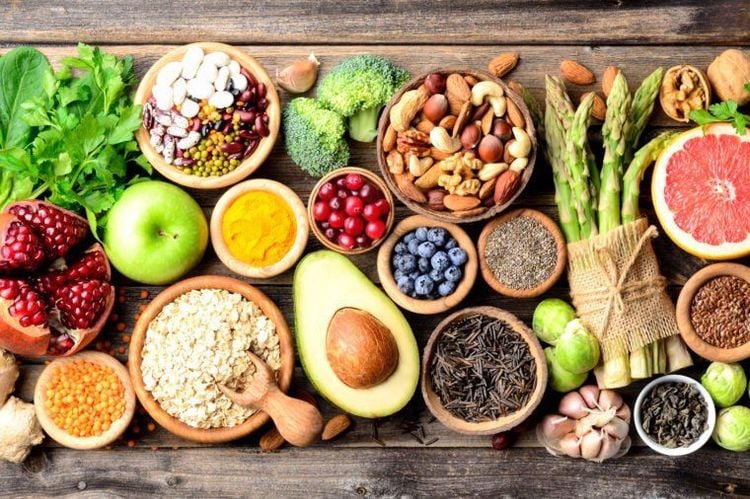
Chỉ số đường huyết của thực phẩm được phân loại thành 3 mức độ đó là: thấp (GI<55); trung bình (56-74), cao (>75)
In the body's blood composition, there is always a certain amount of sugar. If this blood sugar level rises too high above the allowable threshold, it will lead to diabetes. The American Diabetes Association has given the blood sugar index of a normal person as follows:
Fasting blood sugar: 5.0 - 7.2 mmol/L (90 - 130 mg/dL) Blood sugar level 2 hours after eating Lake: < 10 mmol/L (< 180 mg/dL) Normal blood sugar: 6.0 – 8.3 mmol/L (110 – 150 mg/dL) Some examples of low GI starchy foods are: Beans fried and beans (such as kidney beans and lentils), all non-starchy greens, some starchy vegetables such as sweet potatoes, fruit, breads and whole grains (such as barley, cakes, etc.) cereal noodles, rye bread and cereals).
3. GI grouping for food
The glycemic index of foods is not measured according to the sweet or light taste of that food, but based on the rate at which those foods convert into sugar after eating to measure. Low GI foods and drinks (below 55) consist mainly of low-carbohydrate vegetables, so they don't have much of an effect on the body's blood sugar levels after eating. Common low glycemic index foods are legumes (red beans, soybeans, peas, lentils, avocado beans), fresh fruits like oranges, apples, pears, peaches, kiwis, , grapes, bananas. Besides milk and dairy foods, whole wheat oats, 100% whole grain bread or rye bread also raise blood sugar slowly. Moderate GI foods and beverages (from 56 to 69) include foods such as sweet potatoes, taro, pineapple, brown rice, and pumpkin. This food group will convert to sugar at a moderate rate. Foods with a high GI (above 70) include starchy foods such as honey, sugarcane juice, sticky rice, resource rice, malt, and watermelon. This food group has the ability to metabolize and raise blood sugar very quickly, which is not good for the health of people with diabetes. Research published by Harvard University, said that brown rice is extremely high in soluble fiber, so it does not significantly increase blood sugar after eating. Therefore, just replacing 1/3 of a serving of white rice with brown rice (about half a cup of rice) daily, the rate of diabetes will be reduced by up to 16%.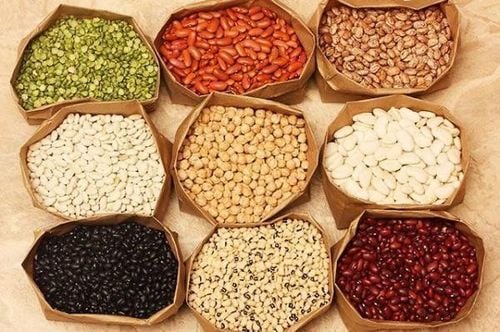
Thực phẩm có chỉ số đường huyết thấp phổ biến đó là các loại họ đậu
4. Factors affecting the glycemic index HOLD
Fat and fiber often lower the glycemic index of foods. In general, the more times a food is processed, the higher the GI, however, not all foods are the same.Here are some good examples of factors that affect the GI of a food.
Ripening and storage times – the longer the ripening time of any fruit or vegetable, the higher the GI. Processing – juice has a higher GI than fresh fruit; Mashed potatoes have a higher GI than whole-grain baked potatoes, and pounded whole grain bread has a lower GI than regular whole grain bread. Cooking and storage methods – cooking time (al dente pasta – just cooked has a lower GI than fully cooked pasta). The more thoroughly cooked and processed foods are, the higher the glycemic index. Variety – long grain white rice has a lower GI than brown rice, but short grain white rice has a higher GI than brown rice. Food form: The more fiber a food is, like whole grains, the slower it is digested, and the lower the glycemic index. Starch structure: The composition of starch includes amylose and amylopectin. Foods high in amylose are slow to digest because the glucose rings stick together, so they have a low glycemic index. In contrast, foods high in amylopectin will have a higher glycemic index because the glucose rings are loose, easily digested, and quickly absorbed into the bloodstream. Amylose is found in legumes and some types of rice. Amylopectin is found in potatoes...Rice has a low amylose content, which speeds up the digestion of starch and increases the glycemic index. Eating unrubbed/whitened rice to keep the bran layer of the rice will lower the glycemic index. Sugar: Foods contain many different types of sugar. Fructose in fruit is slowly metabolized, so it lowers the glycemic index of the fruit. Fruit levels should be <12% of total calories. Ripe fruit has a higher glycemic index than unripe fruit because the carbohydrates have been converted to sugar.
5. Note when using the glycemic index in food choices
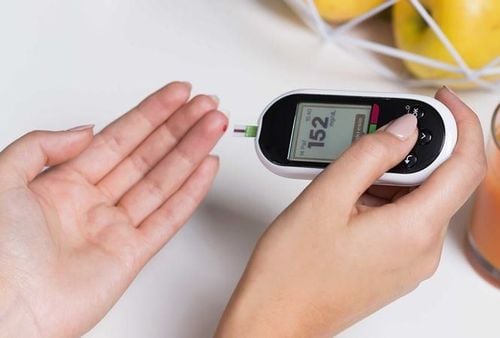
Người mắc bệnh đái tháo đường nên ăn thường xuyên các loại thức ăn có chỉ số đường huyết thấp
Please dial HOTLINE for more information or register for an appointment HERE. Download MyVinmec app to make appointments faster and to manage your bookings easily.




